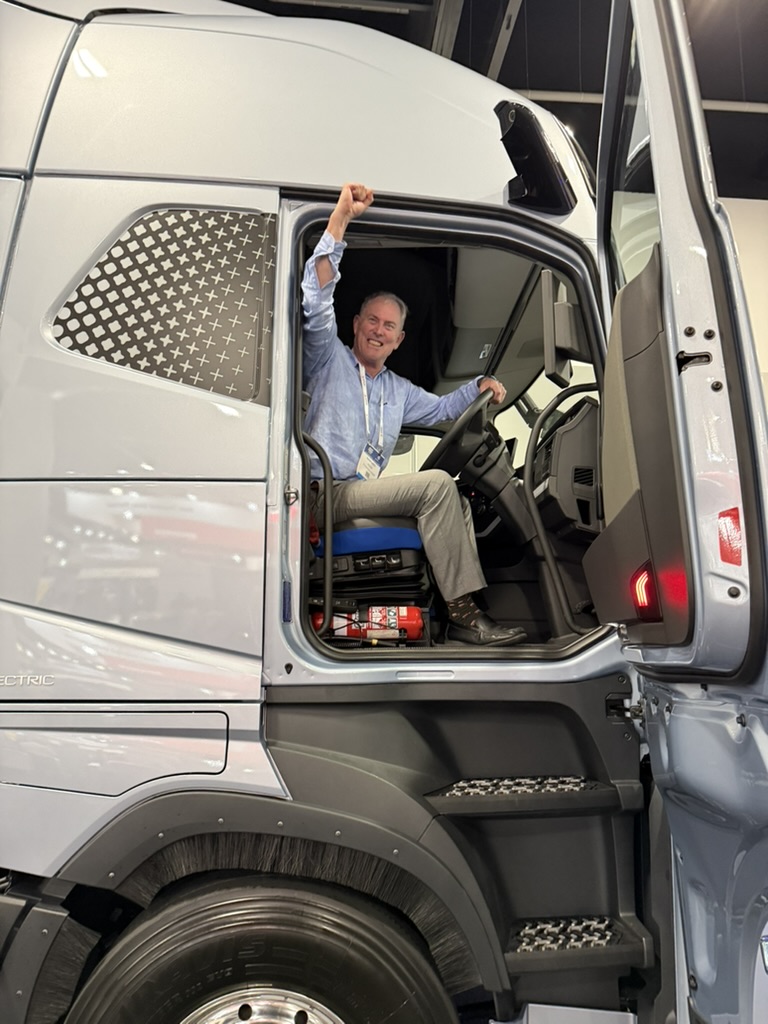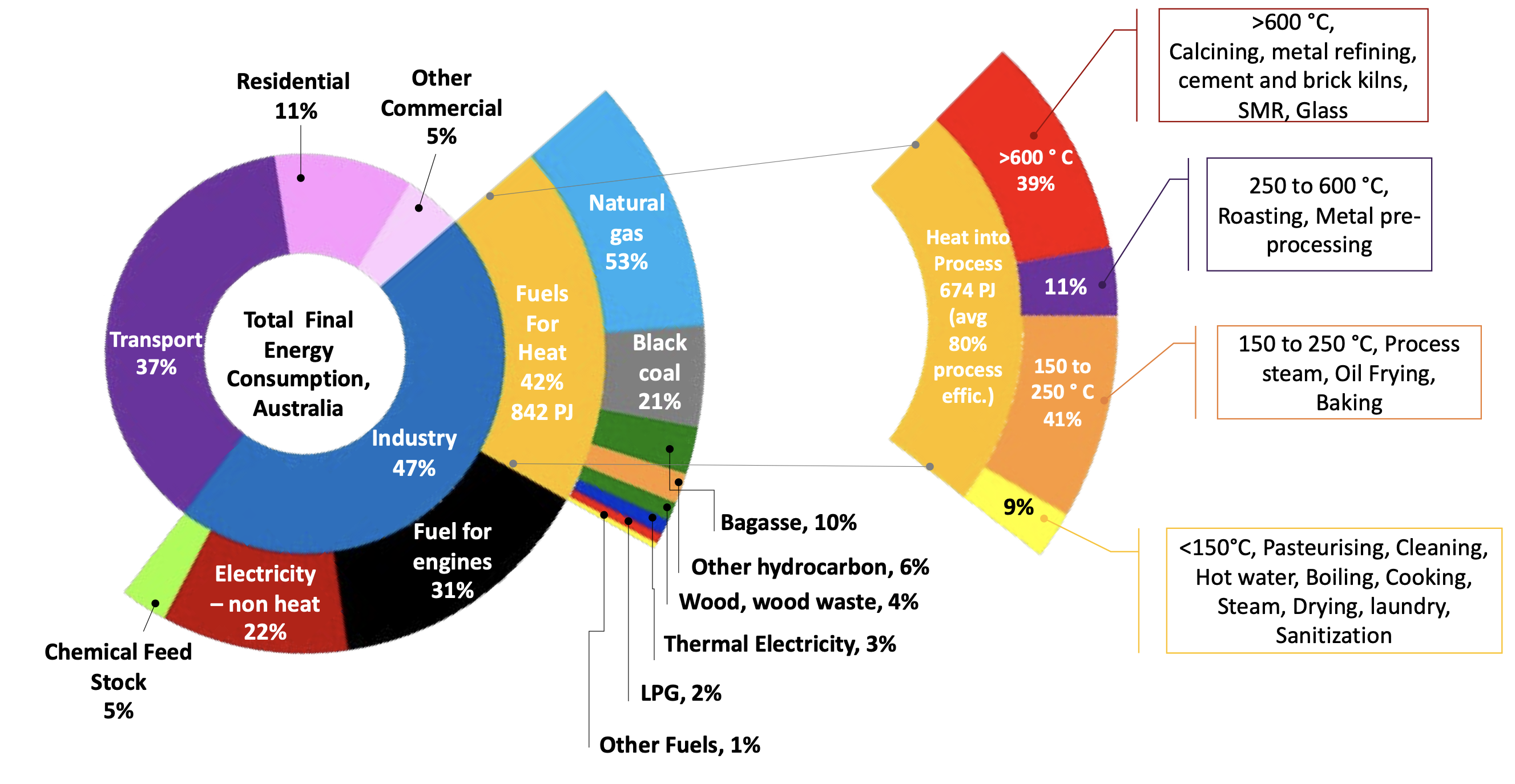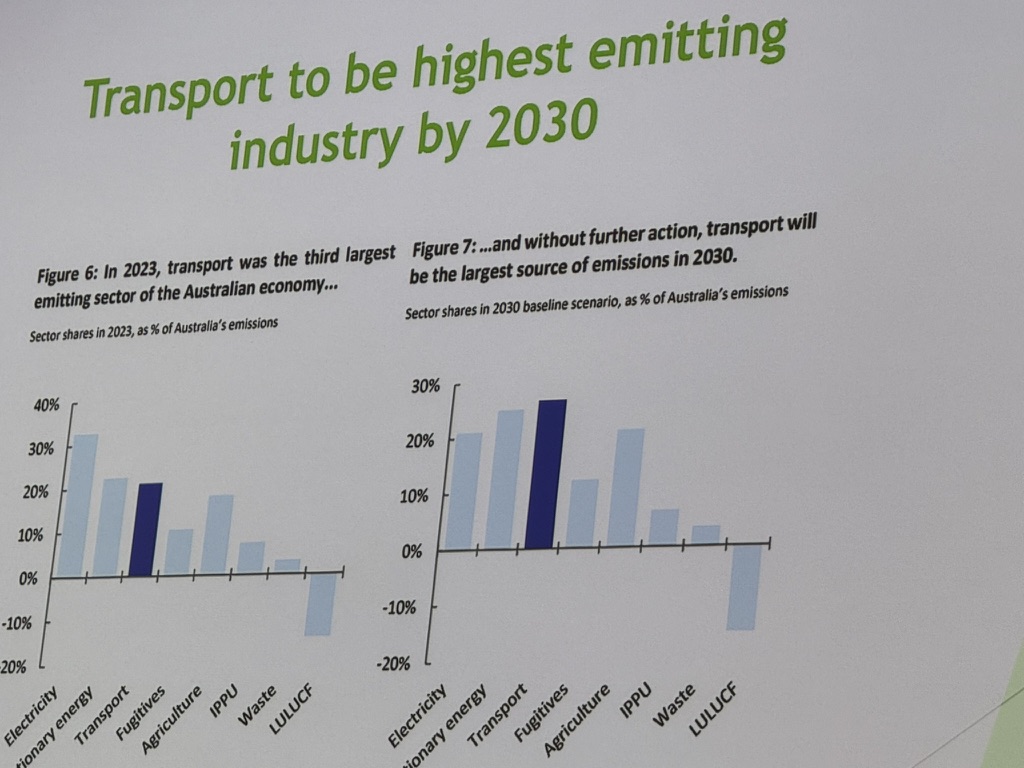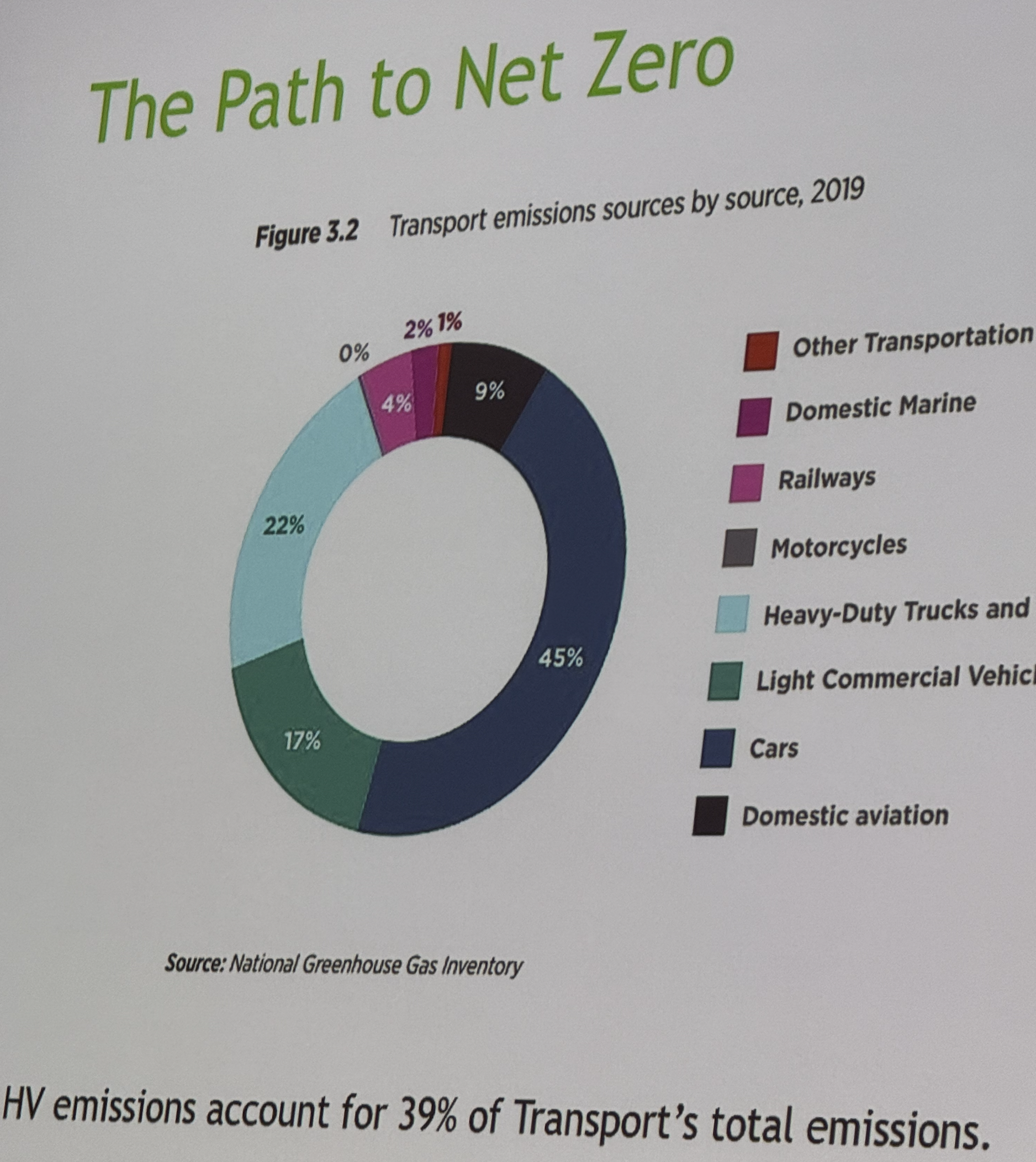Smart energy25 was different
Some years ago thanks to UBS I listened to a talk by Marshall Goldsmith author of “What got you here wont get you there” Like an earlier talk at JP Morgan by Zali Steggall long before she went into politics what you hear from such inspiring speakers sticks in the mind. Zali told us folk at JP Morgan that she would prefer to try for the gold and fall over rather than settle for bronze. I wish I could more consistently have the same attitude.
Clearly John Grimes has been reading Marshal Goldsmith because Smart Energy has changed.Things I noticed this year were:
Technical innovation. In order to avoid the issues with running up to 8 simultaneous speakers in one space Smart Energy went to providing the audience with headphones. I am told one can now go to a silent disco never mind a silent conference. Indeed in China you can go to a “dark” factory but that’s a different story. It is an interesting cultural twist to see 150 people sitting next to each other with identical headphones and the speaker and panel with the same kit. I have to say I found this innovation to be successful. Volumes were good, I could hear the speakers and it encouraged a group participation vibe.
At the same time SmartEnergy avoided what I regard as the worst thing to happen in recent conferences in recent years and that is “moderated” questions that users input from their phone. Moderated questions put barriers between the audience and the presenter and take away the use of voice and the expressions that voice convey.
So in my opinion using headphones and avoiding moderated questions provided an excellent conference experience.
Floor Content The conference this year was held in the one large exhibition space. The space was big enough to fit half a dozen EVs into plus 2-3 prime movers including the very classy and desirable electric Volvo 18 wheeler as well as all the usual products. Except it wasn’t the usual products. There were far less solar panels and consumer inverters shown and instead we had booths with models of 275kv substation, and other booths with basically system service such as micro grids, distribution grid software and other beyond the consumer products.
Presentation style I attended one green steel presentation largely by ANU and UNSW academics who clearly have a fantastic understanding of engineering and perhaps economics as they relate to green steel and green iron and enormous value to add and it was wonderful to hear them but, in my humble opinion, they have pretty much zero understanding of how to prepare slides for an audience. Some of the slides had so much writing on them and such complex graphs that no one could possibly read the content of the slide even in twice the time it was actually displayed for. As far as I could see the presenters tried to present an entire journal article in one slide. And of course if you tried to read the slide there was no chance of hearing what the presenter was saying at the same time. I recommend that all presenters on that panel should watch this famous one hour lecture by now deceased MIT professor Patrick Winston. Anyhow nothing so tiresome as a reformed alcoholic.
Politics content There were far too many streams for me to discuss and in any event too many corridor conversationt. In terms of the politicians, all the ones I heard, spoke well. Chris Bowen has been well advised on the social media front and turned up in a red tee that advertised the long awaited federal behind the meter battery support. Unlike the LNP Bowen appears to really do his homework on the schemes. But really it’s the optics that matter, the medium is the message wrote McLuhan back in 1964 and McLuhan’s insight remains just as valid in 2025. Whether it’s youtube or tiktok or a tee shirt, make sure you have the right medium. The President of Palau spoke for too long but the first half of his speech was powerful and emotive. The relationship between Pacific Island and Australia is fostered by the joint bid for COP 31. I doubt the LNP understand relationships and what a snub of hosting COP means. And this reminds me, that Bowen is, in my opinion, a person of conviction. He thinks about first nations, he thinks about the pacific islands, he thinks about the benefits of markets. I attend a “politics in the pub” session in my electorate, an electorate that the ALP has zero chance in, and Bowen made the effort to appear at peak hour dinner time and talk about renewable energy and first nations. My electorate has 25% Chinese ethnicity and very little first nations, that I am aware of, but still first nations were discussed.
Process heat I had a personal interest in a session on Process Heat decarbonisation that I chaired and we had some excellent speakers including Aratherm selling heat as service, Katie Brown representing the Victorian Government and their approach to gas, Tom Geiser talking thermal storage, less than 20% of the cost of lithium batteries, and Keith Lovegrove who made an excellent presentation showing key graphs from a just released “The Australian Industrial Process Heat Market”
Trucks
As mentioned there was a Volvo electric prime mover in the room and I got to have seat, even without a safety induction. It does make me think about Dutton and his petrol tanker photo ops. And reducing oil imports never mind the carbon.
 []
[]
I was surprised that such an advanced piece of kit was to be found in Sydney, but speaking to Tim Camilleri at Volvo E-mobility I learned a little about the business case where it makes sense. Team Global Express (TGE) built an e charging depot at Bungarribee near Blacktown in Sydney and has 36 such trucks running from the depot round the Sydney region. $20 m of the $42 m depot cost was funded by Arena and CEFC provided debt funding. TGE also runs 24 other E trucks from the site. The Volvos have a range of about 250 km and vehicles at the depot, including ICE vehicles and electrics average 98 km/day. A depot next to large warehouses with a couple of MW of solar behind the meter might be even better, but how would I know.
Its interesting to look at the evolution of the charging profile for the fleet at Bungaribee and the obvious thing that the more you use lunchtime power to charge the better the economics, but that that’s when the vehicles are on the road.
Leaving aside the capital expenditure required for the charging depot the productivity economics are basically a function of capex v fuel savings. Capex is about double maybe more, but the fuel savings can be very substantial maybe as much as 80%. The trucks have very strong regenerative braking impacts and arguably are well suited to the Sydney region with its moderate daily distances, ability to use the purpose built charging depot and temperate climate.
Why spend so much time on vehicle fleet decarbonisation? Its because in a few years transport is likely to be Australia’s largest source of carbon emissions.
And trucks are about 40% of estimated total transport emissions in 2030
To date it’s been hard enough to get any progress on cars let alone trucks. Those slides were courtesy of Todd Hacking, CEO of the heavy vehicle association.
The trucking industry is very fragmented and consist of company owned vehicles and contractors ie lorry owner drivers (LODs). Barriers to entry are very low and from the movies I watch it can be a tough life, and the majority of trucks are in firms with 5 trucks or less. Cars in Australia are on average 12 years old but trucks last for 20 years. However truck ownership leases are for say 2-3 years and then new leases are struck. No matter what the Net present value of electrifying which in this industry is called the “Total Cost of Ownership” (TCO) is, the high capex is a more purchase important than the fuel savings. It’s often the case that the people that would most benefit from capex are the least able to afford it. In any case the TCO is not that good in many cases. If cant immediately access a charge point at a well located charging depot it wont happen. A carbon price would likely make the economics look better but that isn’t in prospect. Just as in the car industry the first requirement is enough charging infrastructure. To get the transport industry decarbonising requires confidence in the solution as well as appropriate economics.
So the question arises as to what policy is appropriate? Right now there is zero policy that impacts trucks. There are no fuel efficiency standards, no renewable fuel credits, no tax incentives that favour zero emissions trucks and so on.
Lots to be done so lets keep on trucking
In a week where according to the SMH , Ted O’Brien, LNP energy spokesperson, refused to commit to staying in the Paris agreement it was great to see the ongoing hard work continuing in many areas. As it needs to.
Even in electricity although we are almost halfway it seems that the next half will be just as tough. There is now some slow progress in EVs but next to nothing on decarbonising trucks.
In process heat the gas price is high enough to provide a signal to electrify but a little more policy steering would not go astray.
And in the end congratulations to Smart Energy. The conference is free to attend, as is All Energy in Melbourne. Other conference organisers make a good profit from delegates who pay a lot of money. Speakers don’t get paid at any of the conferences it’s regarded as enough of a reward to be given a soapbox. And it probably is. If the audience is paying, it’s presumably because they want to hear the speakers as well as network among themselves. Perhaps a paying audience is more valuable to a speaker than the free to attend audience at Smart Energy but I doubt it.
I started this note with the Medium is the Message but i end with my core philosophy that content rules.



